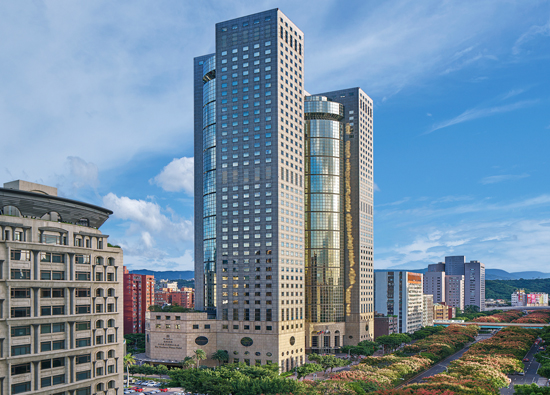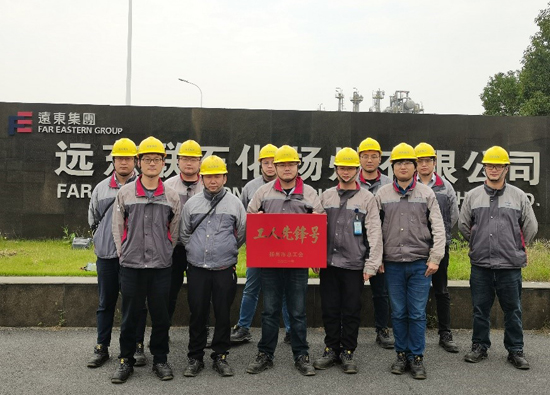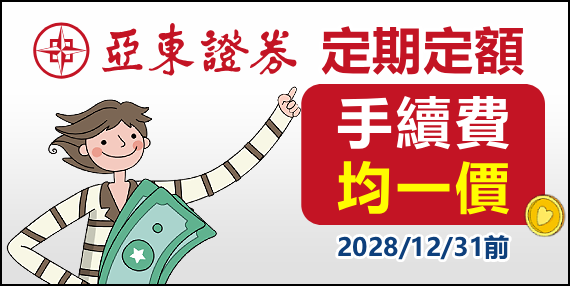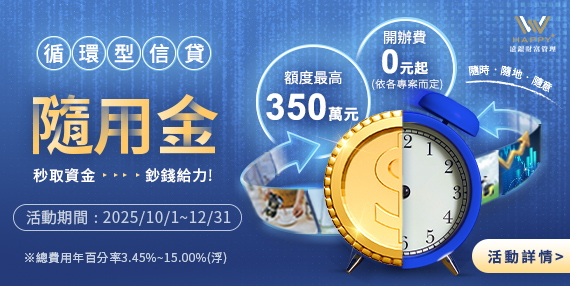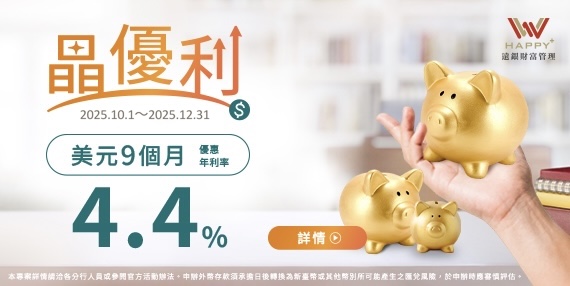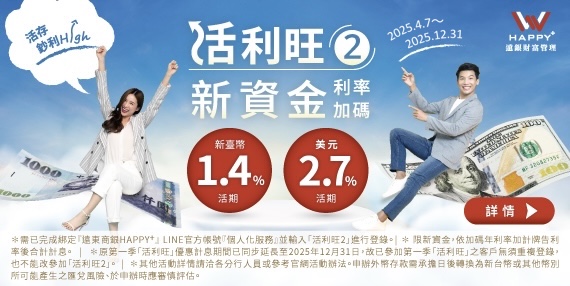01.2022 Leader's Remarks
Chairman’s Message at 2021 Far Eastern Group Annual Strategy Meeting:Shaping the New Models
Far Eastern Group Chairman / Douglas Hsu


Facing dynamic changes of global environment, the Group Chairman Douglas Hsu instructed each affiliate company to stay competitive by riding new opportunities in digital competition, and coping with energy impact to shape the new models.
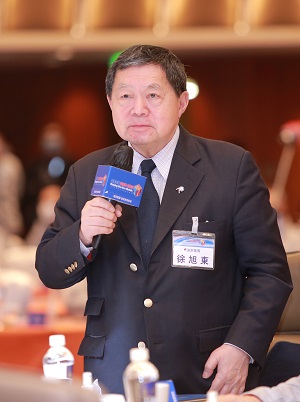 Stay Competitive by Riding New Opportunities
Stay Competitive by Riding New Opportunities
1. Critical Post-Pandemic Trends
The global economy has been diverted significantly in recent years. It varies across regions. While matured economies in Europe and U. S. have registered stagnant growth, the developing nations in Asia are achieving significant developments. It is forecasted that in the next five years, the economies of China and India will narrow their gap with the developed economies, in particular India will become the fastest growing market. Furthermore, the South East Asian countries such as Vietnam and Cambodia also have great potential.
Based on industry trends, many businesses under the impact of 2020 are demonstrating a strong rebound post the pandemic, including raw materials, sea/land transportation, and tourism businesses, all reporting substantial growths in their revenues. Furthermore, the physical retail industry hit hard by the pandemic has pushed consumers shift toward online shopping, which is expected to grow continuously in the coming years.
COVID-19 has accelerated changes in the world, on one hand, it has promoted the developments of digital technologies, driven new business models and shopping behaviors, and brought digital transformation of global industries and enterprises; on the other hand, it has also focused the world’s attention on climate issues. Countries are making changes in different aspects to slow down global warming.
2. Key Organization Capabilities
Facing with fast changing environment, the enterprises should establish the following four key organization capabilities: 1. Agility, the ability to quickly pivot and mobilize; 2. Scalability, the ability to rapidly shift capacity and service levels; 3. Stability, the ability to maintain operational excellence under pressure; and 4. Sustainable Development, the commitment to creating long-term value for stakeholders including customers, employees, and the society to bring positive impact.
Developing vaccines used to take ten years of work. However due to the urgency of the pandemic, Pfizer has quick decision making and trust in science, boldly adopted the new mRNA technology as well as applying AI, quickly completed data analysis during clinical trial phase, and successfully developed a COVID-19 vaccine within 8 months. It has won business opportunities and prestige. It serves as an example of seizing the opportunity.
Competing in the Digital Age
1.Building Data-Driven Operating Model
Nokia was the world’s mobile phone market leader in 2007. Due to its traditional operating model, after certain growth, Nokia has found it difficult to maintain growth. In contrast, the iOS system of Apple, with digital-demand driven model made breakthrough sales and replaced Nokia as the smartphone leader in just short of five years.
In the digital operating model, data are the most critical assets. With the growing in scale and increasing subscribers, more data are acquired which drives the improvement of machine learning in order to attract more users in forming a positive cycle. The key lies on how to craft a platform for data, how to organize, analyze, and use data flows, and how to successfully source tech talent.
Take Google for example, taking advantage of developing trend of e-commerce and targeting on online shopping needs, it launched Google Store with browse and search function to increase usage of Google search and purchase, thus it brings more data to help Google better understand online shoppers to provide better services.
2.Embrace the Power of Technological Innovation
According to IBM survey on 3,000 CEOs in the world, 75% of CEOs named artificial intelligence, robotics, Internet of Things, virtual reality/augmented reality, and cloud computing are the five key emerging technologies. Furthermore, the development of 5G network will play a vital role in the future. With its high speed and low latency feature, when being connected with technologies such as AI and IoT, the database shall be greatly developed for various innovative smart services.
In reference to “Smart Home,” applications on appliances, lighting, and electronic devices can imitate the habits of the inhabitants, and provide automatic services. Specific benefits include: heighten energy efficiency, elevate safety, enrich family entertainment, access control, and improve the comfort and convenience of individual living. As to “Smart City,” with the application of IoT facility such as smart street lights, smart energy grids to collect large amounts of data, so as to improve city planning and optimize the usage of energy. Furthermore, through monitoring system and smart transportation tools to improve transportation quality, and elevate public safety. As to “Smart Manufacturing,” via IoT and automation equipment to improve the segments of manufacturing, warehousing, and distribution, and aided by real time data analysis to establish precaution mechanism, prevent accidental disruption of operations, and also strengthen upstream and downstream supply chain management.
Cope with Energy Impact
1.Global Carbon Neutral Goals
To avoid worsening the climate changes, more than 140 countries have committed carbon neutral, 90% of which plan to achieve carbon neutral goals by 2050. During the “UN Climate Change Conference” (Conference of the Parties, COP26) held in U. K. in November 2020, each nation reached consensus to gradually decrease the consumption of coal and fossil fuels.
Currently, fossil fuel accounts for 80% of global energy needs, and 2/3 of carbon emission comes from energy consumption, therefore in order to achieve carbon neutral, energy transition is extremely critical. According to International Energy Agency, the world needs to stop sales of petro automobiles by 2035, global power plants to achieve net-zero transition by 2040, the global renewable energy should increase to 70% by 2050, by then solar power and wind power will become the two major renewable energies.
However, during the global energy transition there awaits three issues to be resolved. Firstly, many countries are decreasing consumption in coal. Before transition to the renewable energy, they would require the natural gas as transitory fuel. Yet, due to the lack of investment, the deficit in supply is expected to expand. Secondly, the rich democratic countries are withdrawing from the production of fossil fuel which will surely increase the influence of Russia and heighten the geopolitical risks. Lastly, many countries have already liberated their energy industries, the price and demand of electric power will be decided by the market. Without the safety buffer, it may be difficult to cope with energy emergencies.
2.Risks Faced by Taiwan Power Structure
Across regions where Far Eastern have the production base, Taiwan has relatively higher per capita electricity consumption, only next to the U. S. Also, 83% of our per capita electricity consumption comes from fossil fuels which is much higher than other nations with little exposure in green power for only 6% and resulting in risk for current power structure. In addition, Taiwan’s industrial utility price has been low for long time, while positive for the development of manufacturing industry; yet, with the changes in power structure, future utility price may rise up. The Group has been steadily expanding its operating scale, the relative power consumption also grows, therefore each company must draw corresponding energy policies.
Thriving under the New Norm
1.Pursuing Excellent Performance
The Group’s growth momentum has been sluggish in recent years. However, profit has rebounded in recent years. The profit and net income before tax in 2021 are expected to reach record highs. Facing with the future, each company must first define goals, including: How much revenue growth? What scale to achieve? What is the targeted profitability? Can our stock prices outperform our peers? Then in terms of the goals, we should draw plans for next year, even for the following 3 and 5 years, to execute and refine the plans.
According to McKinsey research, companies in the top quintile capture nearly 90% of the economic profit created. To be in the top 20% in total revenue, the company must set aggressive performance goals. Firstly, firms must possess the scale advantage, the revenue must be ranked in the top 20%. Secondly, enterprises should elevate gross margin to be in the top 30% of the industry. Then, debt level cannot be too high, the debt-to-equity ratio must be in the top 40% of industry. Lastly, enterprises should continue to develop new products or services, the ratio of R&D to sales must be above industry average.
2.Take Right Moves
Outstanding businesses must be able to take the right moves in accordance with market changes and industry developments. For example: Proceed with M&A targets to expand scale and scope, reallocation of resources to eliminate uncompetitive units, and improve production efficiencies, lower costs, also companies must have strong capital expenditure to ensure company growth, and through innovations in products, services, and business models, to create differentiation.
In the past, the company focused on winning their competitors. Now we must seize the trends, adapt new operating and business models to win over the drastic changes in macro environment. To build a future-ready FEG, each company should first define who we are? Get clear on what is the purpose of our operations? How to create value? Have we created strong and distinct culture? Then, to think how we operate? Do we have the right structure? Do we have fast, high-quality decision making? Can we attract top talent? Most importantly, to make sure how we grow? Do we harness ecosystem outside traditional boundaries? Have we built data-rich technology platform? How to accelerate learning? Getting clear on these issues, then we can thrive in the New Norm.
Through this annual strategy meeting, we hope to share and communicate these important trends and concepts so that we can all be more closely connected with more focused objectives, and urge each affiliated company to breakthrough with action, winning over new norm, and create new models.

#


